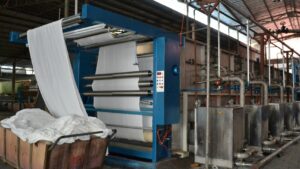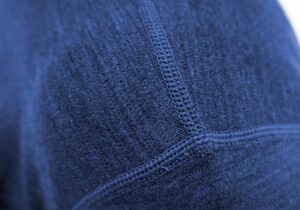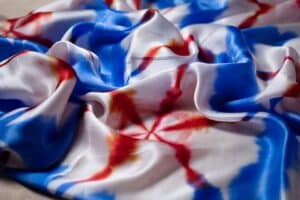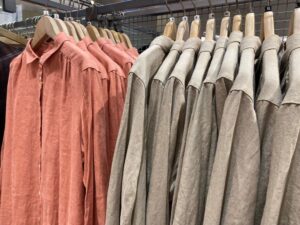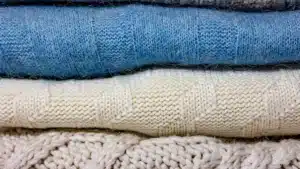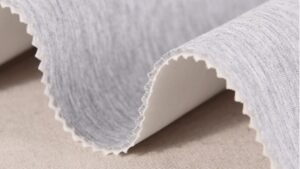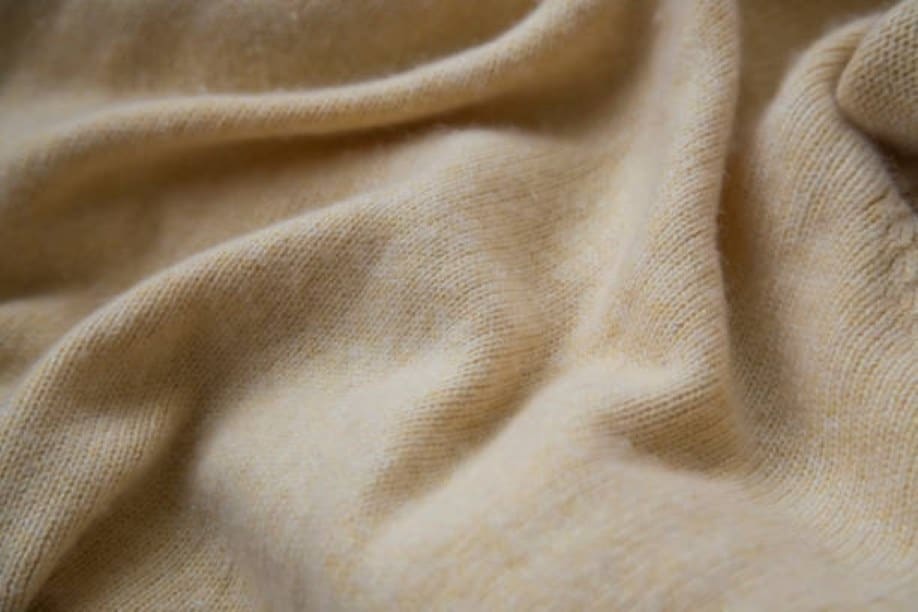
Cashmere fabric feels fancy and different from regular fabrics. It is super soft and gentle on your skin. It is light but keeps you warm in all seasons. Cashmere fabric also helps keep you dry by controlling moisture. It is great for people with sensitive skin because it doesn’t cause allergies. You can find cashmere fabric in stylish clothes and comfy home items. This shows how useful and classic it is.
Learn why cashmere fabric is loved for its comfort and style.
Key Takeaways
Cashmere fabric feels very soft and smooth on the skin.
It is great for people with sensitive skin or allergies.
This fancy fabric keeps you warm but is not heavy.
You can wear it in any season because it works well.
Cashmere lets air flow and controls sweat, keeping you comfy.
It is eco-friendly since it is collected kindly from goats.
Look for "100% pure cashmere" to get the best quality.
What Is Cashmere Fabric?
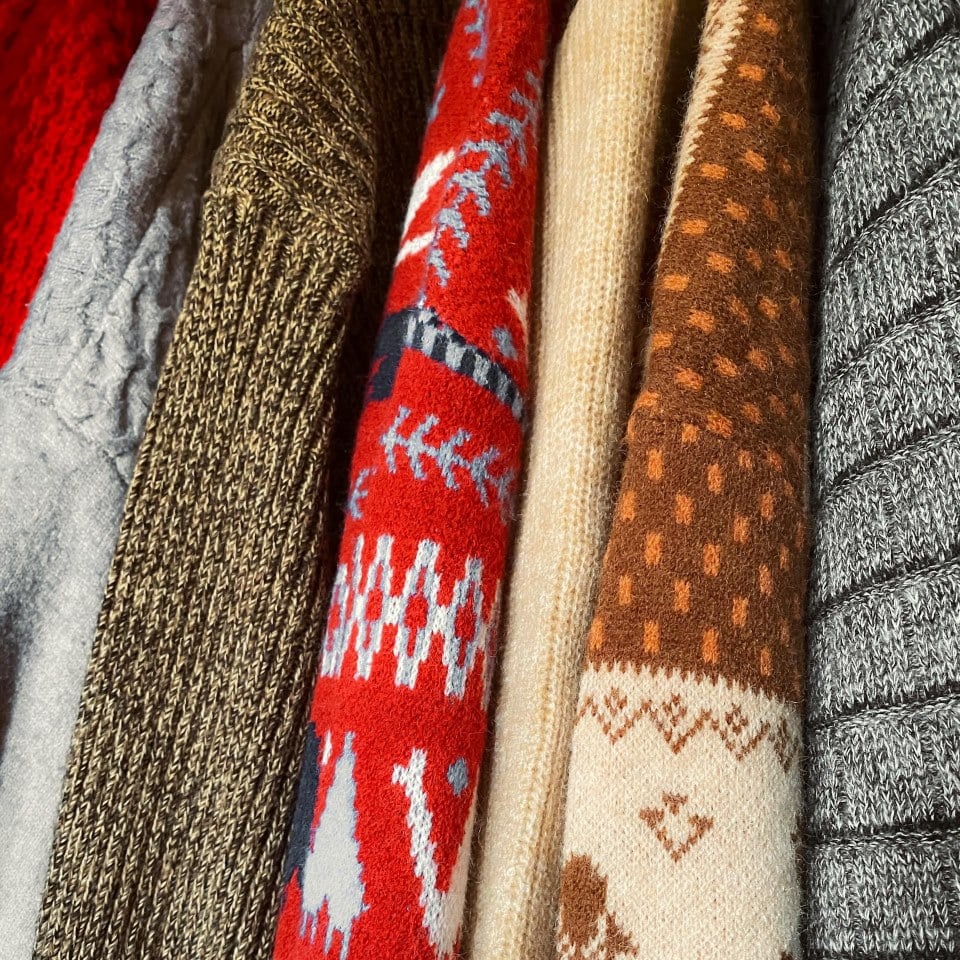
Origins and History of Cashmere
Cashmere has been valued for thousands of years. It started in the Himalayan areas and Tibetan Plateau, where cashmere goats were raised. The name "cashmere" comes from Kashmir, a place known for its wool and shawls. Old writings from the 3rd century talk about fancy wool fabrics from Kashmir, showing how special it has always been.
In Chinese, we call Cashmere as 开司米(kāi sī mǐ) that is just the transliteration of Cashmere.

Findings along the Silk Road show cashmere was traded as a luxury item worldwide. This proves its popularity even long ago. In the 18th and 19th centuries, cashmere became highly wanted in Europe, changing trade routes. Today, places like Mongolia and China make top-quality cashmere because of their weather.
Fun fact: Collecting cashmere is eco-friendly and kind to goats, making it a smart choice for luxury lovers.
How Cashmere Differs from Other Fabrics
Cashmere is different from other fabrics because of its special traits. Here’s what makes it unique:
Softness: Cashmere feels super soft due to fine fibers from goat undercoats.
Warmth: It keeps you warm, perfect for cold weather.
Fiber Quality: Long, fine fibers make cashmere durable and fancy.
Origin: Cashmere comes from places like Mongolia and China, where the climate helps its quality.
Craftsmanship: Making cashmere involves careful work, showing great skill.
Compared to fabrics like merino wool, cashmere is softer and finer. Merino wool feels rougher and costs less. Cashmere is rare and harder to produce, which makes it pricier. The table below shows how cashmere and merino wool differ:
Factor/Method | Description |
|---|---|
Fiber Composition | Both are natural protein fibers, but cashmere is finer and softer. |
Morphological Structure | Cashmere's unique structure adds to its luxurious feel. |
Cashmere's rarity gives it a higher economic value compared to merino wool. |
Knowing these differences helps you see why cashmere is a top choice for clothes and home items.
Properties of Cashmere Fabric
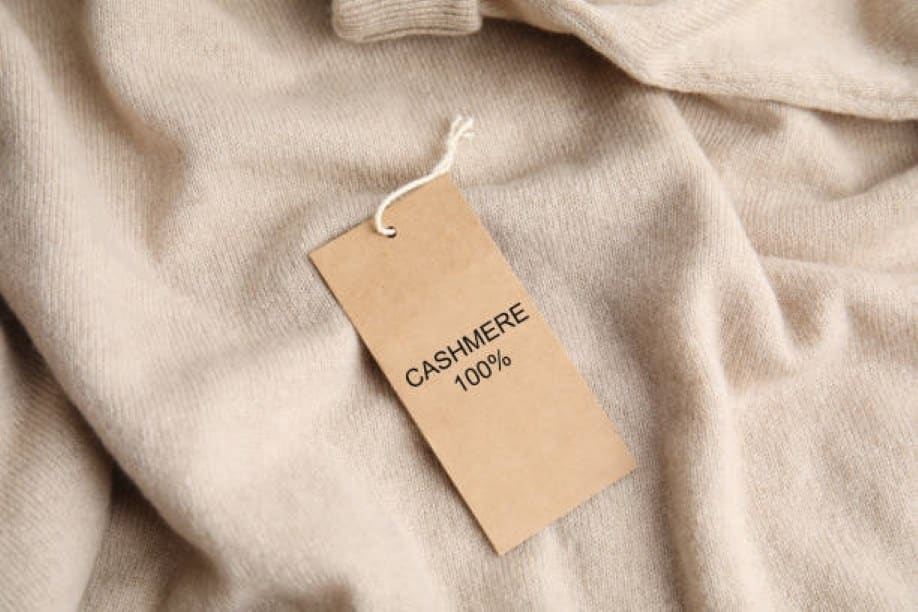
Softness and Comfort
Cashmere is known for being super soft and smooth. Its softness comes from very thin fibers, smaller than human hair. These fibers, starting at 14 microns, make it feel fancy and gentle. Unlike regular wool, cashmere doesn’t itch, so it’s great for sensitive skin.
Cashmere is not just soft; it’s also very comfy. Its special fibers give it a nice feel when touched. Mixing cashmere with other fibers, like wool, makes it even cozier. This is why cashmere is perfect for sweaters, scarves, and clothes worn close to your skin.
Did you know? The softest cashmere comes from the goat’s underbelly. This area has the longest and finest fibers, making it extra luxurious.
Lightweight Yet Warm
Cashmere keeps you warm without feeling heavy. Its fibers trap air, which helps hold in heat. This makes it great for staying cozy in cold weather. Even though it keeps you warm, cashmere is light and easy to wear all day.
Compared to fabrics like merino wool, cashmere is better at keeping heat in. Its fine fibers make it warmer without adding bulk. This mix of warmth and lightness makes it ideal for winter coats or lighter clothes for cool seasons.
Tip: Want a fabric that’s warm but not too heavy? Cashmere is a smart and stylish choice.
Breathability and Moisture Regulation
Cashmere doesn’t just keep you warm; it also lets air flow. This helps your body stay cool and prevents overheating. It works well in different weather because it adjusts to your body’s needs.
Another cool thing about cashmere is how it handles moisture. It absorbs and releases water vapor, keeping you dry and comfy. This means cashmere clothes stay fresh, even if you wear them for a long time.
Fun fact: Cashmere’s breathability and moisture control make it great for both winter and spring outfits.
Hypoallergenic and Skin-Friendly
Cashmere wool is great for people with sensitive skin. It doesn’t have rough fibers that can scratch or irritate. Its smooth and soft texture feels gentle and comfy to wear.
Why is cashmere so kind to your skin? The answer is in its natural makeup. Cashmere fibers don’t have lanolin, a substance in regular wool that causes allergies. Without lanolin, cashmere is safer and more soothing for sensitive skin.
Cashmere also helps control temperature without making you sweat too much. This keeps your skin dry and lowers the chance of irritation. Whether it’s a sweater or scarf, cashmere keeps you warm and gentle on your skin.
Tip: For the softest feel, pick cashmere labeled 100% pure. These are the best for comfort and care.
Cashmere is also a top choice for baby clothes and blankets. Babies have soft skin that needs extra care, and cashmere is perfect for them. Its softness and gentle touch make it a thoughtful gift for new parents.
Choosing cashmere means picking a fabric that cares for your skin. Its softness, breathability, and hypoallergenic traits make it both fancy and practical.
Uses of Cashmere Fabric
Clothing: Sweaters, Coats, and Pants
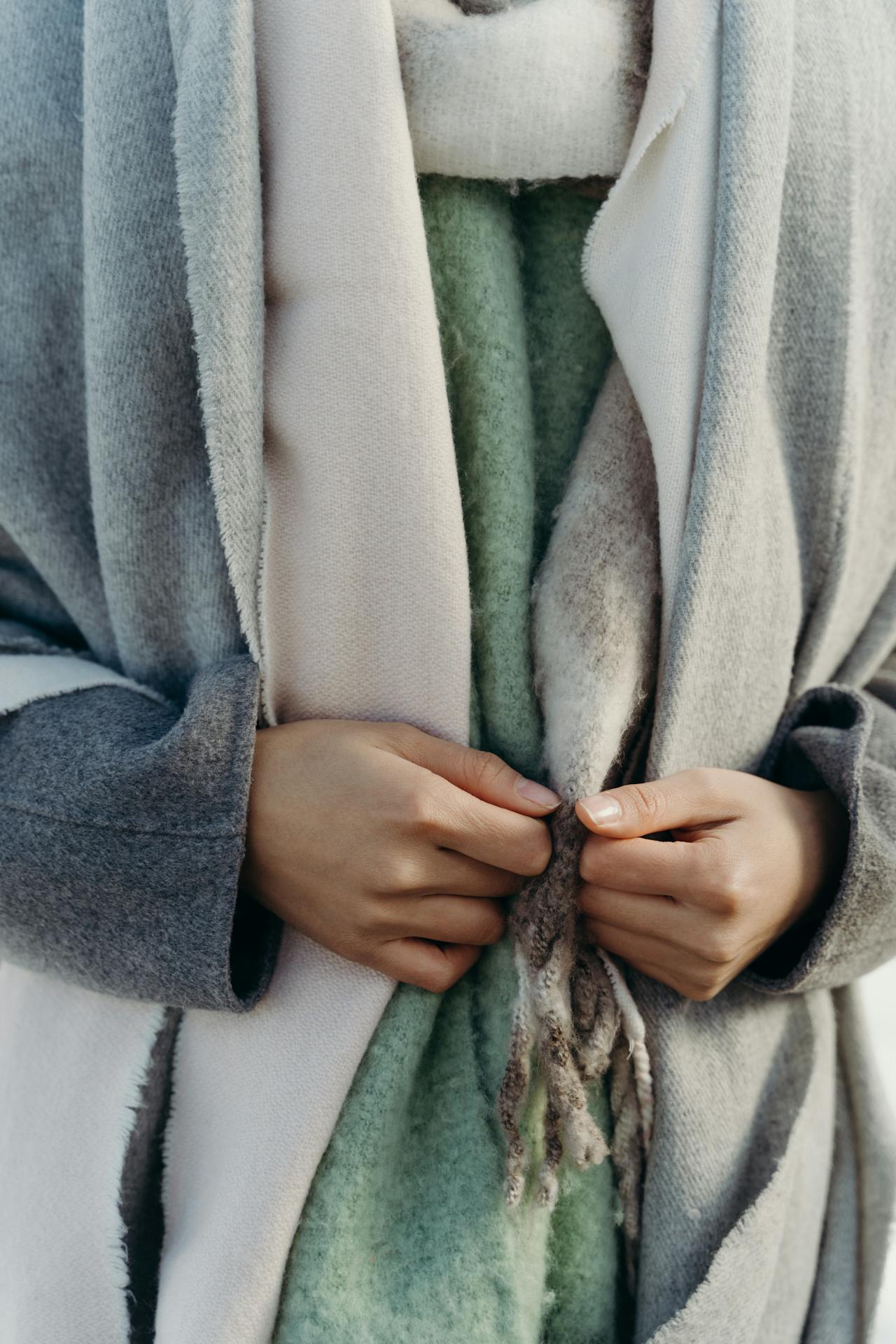
Cashmere is often used in fancy clothes. It feels soft and comfy. Women love cashmere sweaters because they are warm and cozy. Men also like cashmere for coats, sweaters, and suits. These clothes look classy and are great for any occasion.
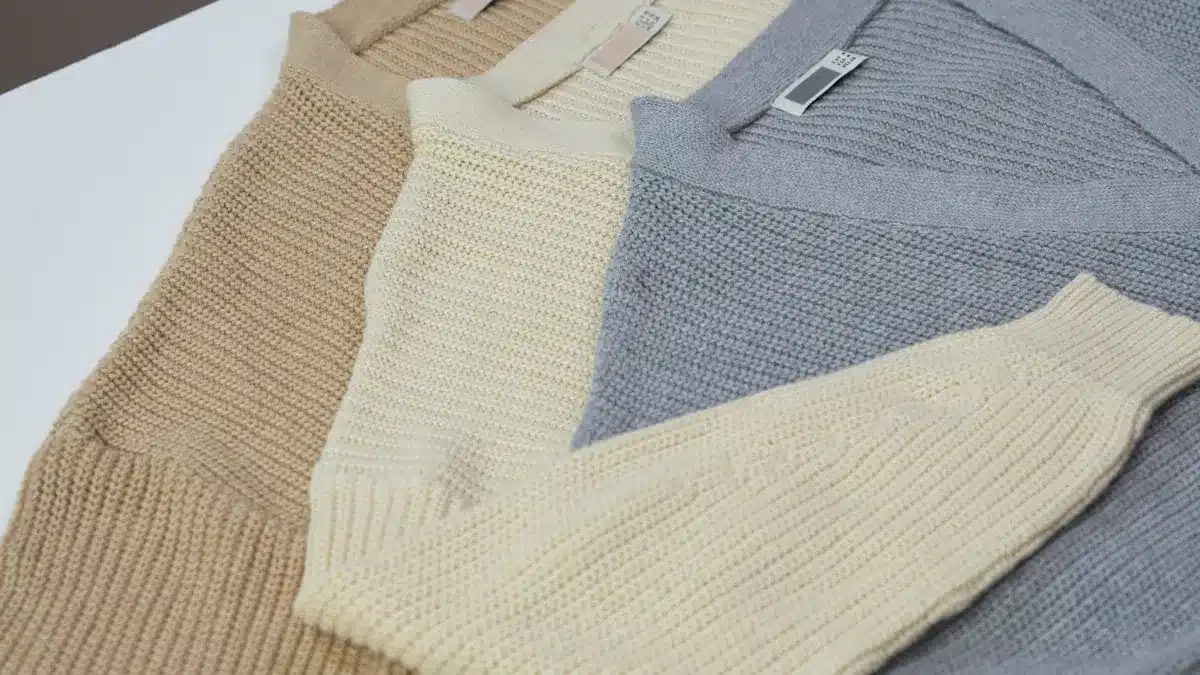
Cashmere pants are becoming more popular too. People like them because they are light but warm. You can wear them in any season. By 2030, the cashmere clothing market might reach $3.8 billion. This is because more people want high-quality clothes. Whether it’s a sweater or coat, cashmere is soft, strong, and always in style.
Tip: Check for "100% pure cashmere" labels to get the best quality.
Accessories: Scarves, Hats, and Gloves

Cashmere accessories mix style with usefulness. Scarves, hats, and gloves made from cashmere are soft and warm. These items are light, cozy, and loved by many.
Cashmere accessories also make great gifts because they are both pretty and practical. Whether you’re staying warm in winter or dressing up, cashmere accessories are a great choice.
Fun fact: Cashmere gloves keep your hands warm and let them breathe too.
Home Textiles: Blankets and Throws

Cashmere isn’t just for clothes; it’s also used in home items. Blankets and throws made from cashmere feel soft and keep you warm. They make your home look fancy and are very useful. More people are buying these because they love high-quality things.
Mixing cashmere with other fibers makes these items stronger and cheaper. This helps more people enjoy them. Cashmere throw blankets are a favorite for their softness and warmth. They are perfect for cold nights. Choosing eco-friendly cashmere helps you enjoy luxury while being kind to the planet.
Note: Cashmere blankets are a smart buy to make your home look elegant and cozy.
How Cashmere Is Made
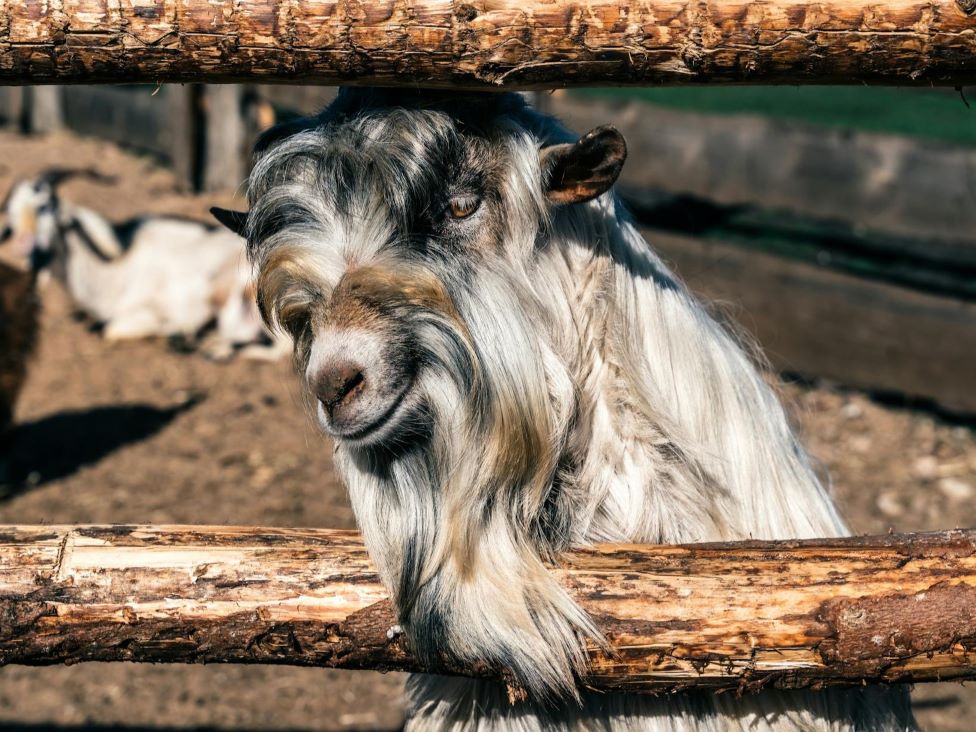
Collecting from Cashmere Goats
Cashmere comes from special goats in places like Mongolia and China. These goats grow soft fur in winter to stay warm. In spring, they naturally lose this fur, starting at the neck and moving to the back. Farmers gently comb or shave the fur without hurting the goats. This method is kind to animals and good for the planet.
Iranian cashmere is famous for its long, curly fibers. These fibers make it soft and strong. But most raw cashmere is sold without being improved, which lowers its value. Skilled workers are needed to turn raw cashmere into fancy products.
Cleaning and Getting Fibers Ready
After collecting, the cashmere is cleaned to remove dirt. First, workers separate the soft fur from rough hairs and other stuff. They wash the fibers with mild soap and water to keep them soft. Then, the fibers are dried naturally to protect their quality.
New machines help sort and clean cashmere faster and better. Special washing machines copy gentle hand washing to keep the fibers smooth. Careful drying and conditioning get the fibers ready for the next steps.
Making Yarn and Fabric
Cleaned fibers are spun into yarn, which takes skill and care. Machines check for problems like uneven yarn or breaks to ensure high quality. This makes cashmere products more reliable and consistent.
Yarn is woven into fabric by skilled workers who create even patterns. Every step, like knitting and washing, is checked for quality. Workers make sure the size, pattern, and color are perfect.

This hard work explains why cashmere costs more. It’s a sign of luxury and expert craftsmanship.
Caring for Cashmere
Washing and Drying Guidelines
Take care of cashmere to keep it soft and nice. Wash it in cold water with mild soap. Strong chemicals can harm the delicate fibers. Hand washing is best, but if you use a machine, choose a gentle cycle. Put the cashmere in a mesh bag to protect it. Never twist or wring cashmere, as it can lose its shape.
After washing, lay it flat on a clean towel. Roll the towel gently to soak up extra water. Reshape the item and let it air dry on a flat surface. Don’t hang cashmere to dry because it can stretch. Use a sweater comb to remove fuzz or pills, especially under the arms or along seams.
Proper Storage Techniques
Store cashmere the right way to avoid damage. Always clean it before putting it away. Dirt or stains can attract moths. Fold sweaters neatly to keep their shape. Never hang cashmere, as it might stretch out.
Use cotton storage bags with zippers to protect cashmere. These bags let air in but keep pests out. Add cedar blocks or lavender sachets to keep moths away. Make sure the oils in these repellents are fresh. Clean your storage space often to prevent mold or pests.
Note: Clear storage bags made of breathable material help you see and protect your items.
Tips for Repair and Maintenance
Sometimes cashmere needs fixing. Small holes can be sewn with matching thread. For bigger problems, go to a tailor or repair shop. Use a sweater comb to remove fuzz and keep it smooth.
Keep cashmere soft by avoiding long exposure to sunlight. Sunlight can weaken the fibers and fade colors. If it gets wrinkled, use a steamer or press it lightly with a cool iron and damp cloth. These steps will help your cashmere last longer.
Tip: Don’t use these steps for cashmere blends with synthetic fibers. They need special care.
Cashmere fabric is known for being super soft and warm. It’s light but keeps you cozy, making it great for clothes, accessories, and home items. It also lets air flow and is gentle on all skin types.
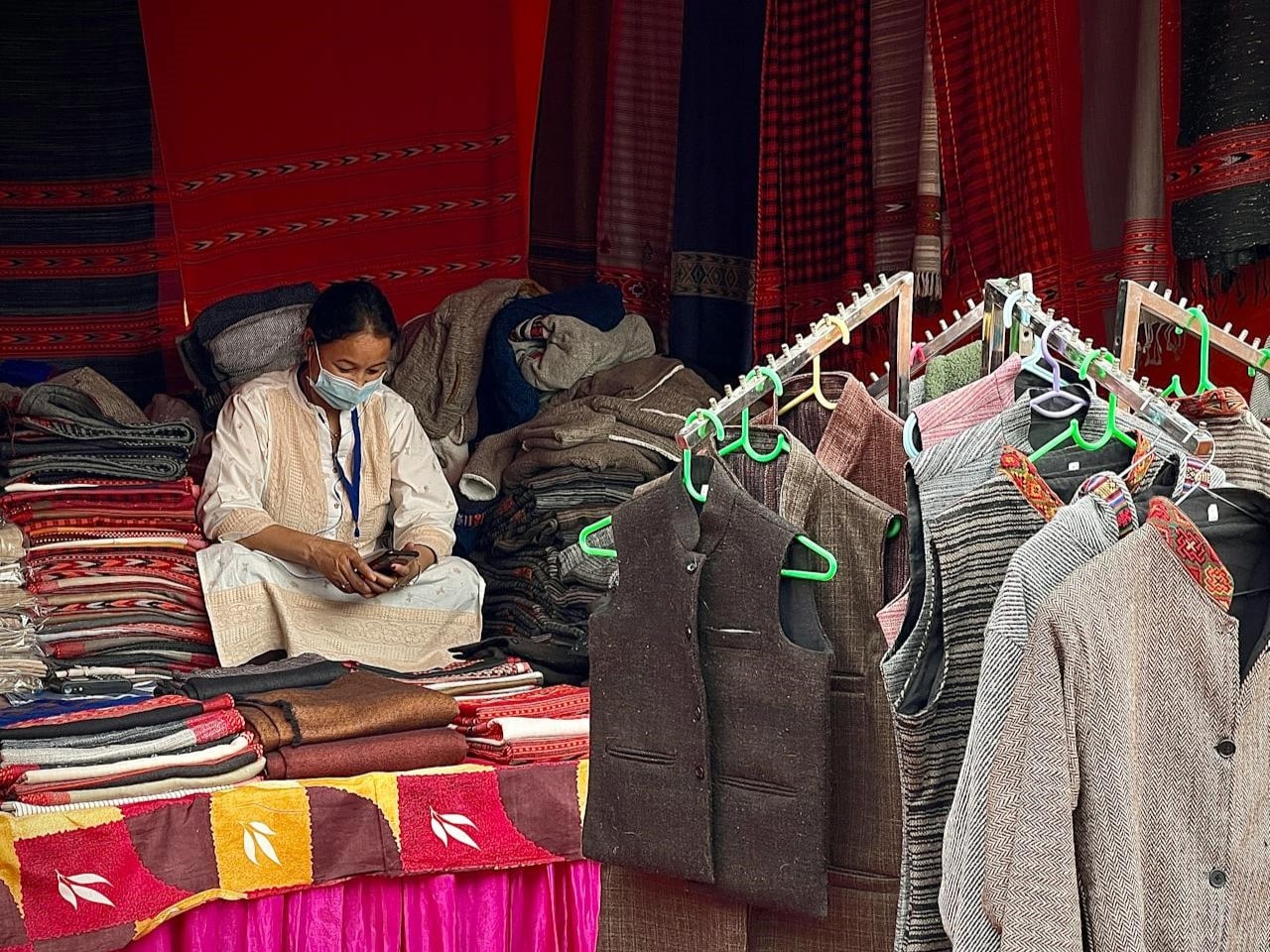
Cashmere’s popularity keeps rising. In 2023, the global pure cashmere scarf market was worth $1.2 billion. By 2032, it might grow to $2.1 billion, increasing by 6.5% each year.
More people want high-quality fashion items.
Awareness of eco-friendly materials is growing.
Luxury habits are spreading among middle and upper-class buyers.
Buying real cashmere means choosing lasting style and eco-friendly luxury. Try this amazing fabric to upgrade your wardrobe or home with its timeless beauty.
FAQ
What makes cashmere different from regular wool?
Cashmere comes from the soft undercoat of cashmere goats. It feels smoother and finer than regular wool. Cashmere is warmer, lighter, and more luxurious. Regular wool, like merino, is rougher and costs less.
Tip: Look for "100% pure cashmere" labels to get the real deal.
How can you tell if cashmere is real?
Real cashmere feels soft, smooth, and light. It doesn’t itch and keeps you warm naturally. Stretch it gently; true cashmere springs back. Fake cashmere may feel rough or look too shiny.
Note: Good cashmere doesn’t pill much after a few wears.
Is cashmere suitable for all seasons?
Yes, cashmere works in every season. It lets air flow to keep you cool in warm weather. In winter, it traps heat to keep you cozy. This makes cashmere perfect for any outfit.
How long does cashmere last?
Cashmere lasts for years with proper care. Wash it gently, dry it flat, and store it safely. Avoid strong soaps and keep moths away to protect its quality.
Fun fact: Old cashmere items often stay soft and stylish for a long time.
Why is cashmere so expensive?
Cashmere is rare and takes time to make. Each goat gives only a little soft fur each year. Cleaning and weaving cashmere takes skill, adding to its price. That’s why it’s a luxury fabric.
Reminder: Buying cashmere means choosing long-lasting quality and style.





